This region is home to numerous cultures and their art.
16th–20th century C.E.
This region is home to numerous cultures and their art.
16th–20th century C.E.
We're adding new content all the time!
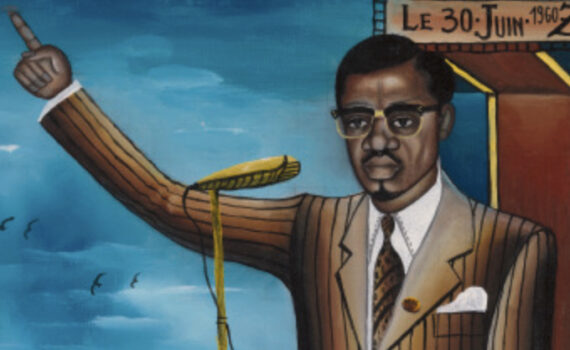
In a series of 100 paintings, Tshibumba Kanda Matulu tells the history of Zaïre, or present-day Democratic Republic of the Congo.
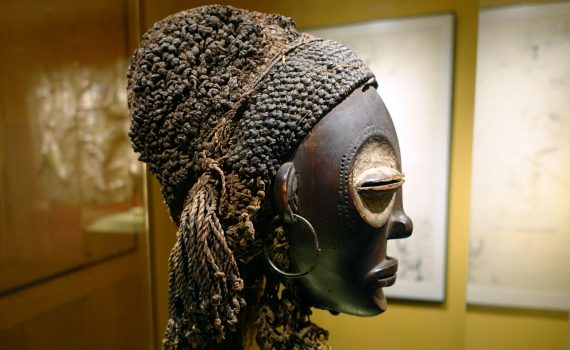
This mask was made and worn by men, but its purpose is to honor women who have bravely survived childbirth.
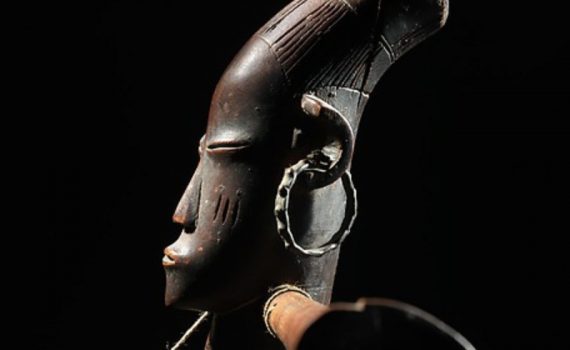
European patrons encouraged artists to include human forms on objects that were previously nonfigurative.
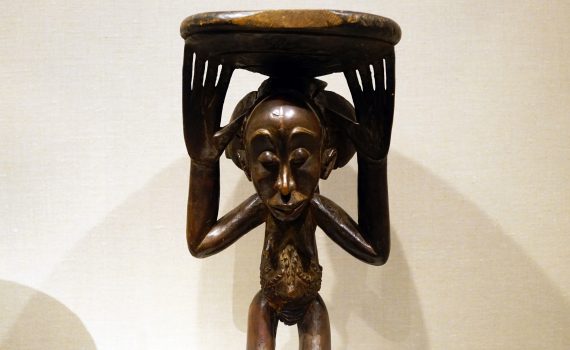
This stool reminds the king to thank his mother for his power, and is so important that it has its own bodyguard.
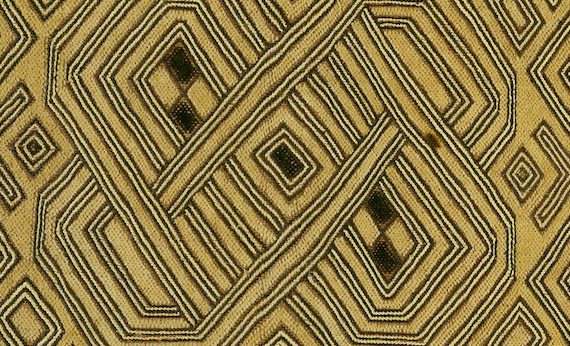
Though many raffia textiles were made as garments for and by both men and women, this one was intended for display.
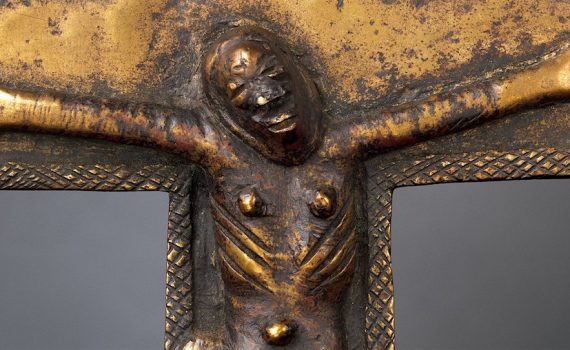
During its brief fling with Christianity, the Kongo kingdom merged western iconography with local aesthetics.
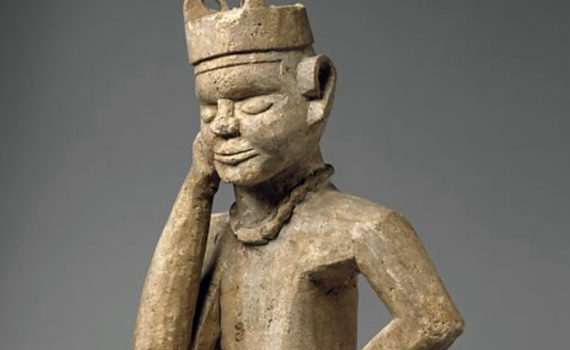
Embodying responsible and wise leadership, the sculpture presents an ideal image of the deceased.
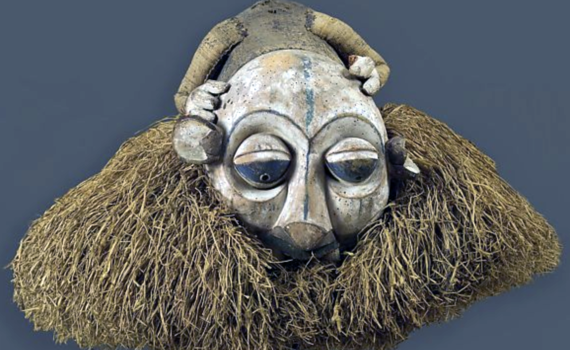
Although the specific meaning of the imagery is unclear, Yaka masks generally illustrate ideas about gender differences.
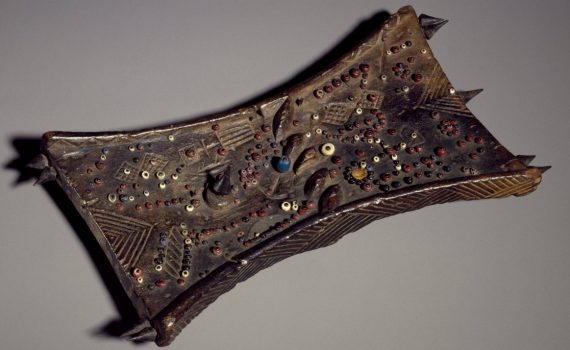
Long before the advent of cell phones and social media, the Luba had invented their own handheld memory device.
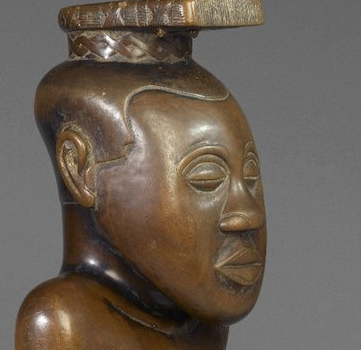
The king did not sit for this portrait; in fact, the artist carved it without directly observing his subject.
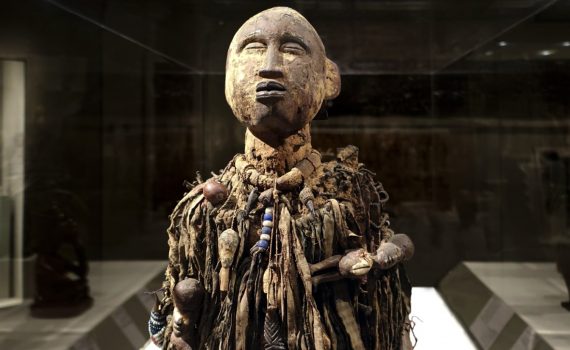
These fascinating spiritual figures became prime targets for the ire of Christian missionaries in the 19th century.